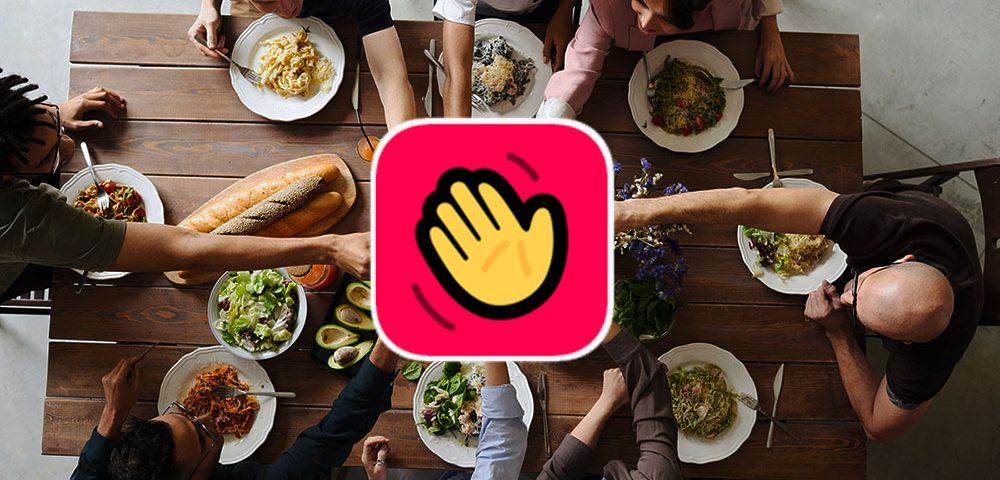Social distancing and quarantine are our current reality. People are working from home and meetings have been moved online. In our social life, virtual happy hours have basically replaced all other forms of social interactions and the platform options are plenty – from FaceTime and WhatsApp video calling to Zoom and Teams.
The current talk of town, however, is Houseparty. An app that has seen a surge in downloads from 130,000 a week in late February to over two million a week in late March, right after social distancing and shelter in place orders have been issued around the world.
Houseparty has been around since late 2016 and back then, Forbes has hailed it as the latest teen hangout rivaling Snapchat by offering “spontaneous togetherness.” However, the app remained mostly in the realms of Gen Z. Four years later, Houseparty is now getting attention from all sorts of demographics given the newly gained free time and also the need for an engaging way to digitally connect amidst the Covid 19 pandemic.
Be prepared for people to pop onto your screen

The concept is simple: Houseparty is a video chat app for friends. But how does it differ from other video chats? The idea is that when you are “online” (= you’re actively using the app), your friends can automatically join you. Meaning, they will pop right onto your screen without you having to accept the call. You should therefore be prepared whenever you open the app, because at any time a friend could appear on your screen and your camera would automatically turn on.
Your friends will be notified that you just “entered the house” when you log in. The app allows you to turn off those notifications or alternatively, “lock your room” which then requires you to invite someone for a conversation. That would, however, neutralize Houseparty’s unique proposition of spontaneous connections. The idea is that being notified of a friend entering the house will prompt an unplanned conversation, therefore leading to increased interactions.
Up to eight people can join one party which allows you to meet friends of friends by spontaneously joining their ongoing conversations as long as they didn’t lock the room. Houseparty also offers a gaming feature that clearly sets it apart from the competition. Currently, you can choose between Pictionary, trivia quizzes, a game called ‘Chips and Guac’ that resembles a simplified version of Cards Against Humanity, and Heads Up.
An ad-free oasis or the next marketing channel?
Given its surge in users, the question right now is how much longer Houseparty will remain an oasis for private conversations between friends before it turns into another marketing channel. Co-founder and COO Sima Sistani told The Verge that the company “hopes to profit by selling products that enhance the time people spend together in the app” instead of selling ad space. They do that by offering paid-for gaming add-ons such as packs of words for the Heads Up game.
Brands are, however, trying to find ways to join the party. Just this week, Chipotle is running a promotion offering free food for people’s next Houseparty. Even though Chipotle is not using Houseparty for the promotion itself, but Instagram, the fast food chain is aiming to exploit the current popularity of Houseparty.
Marketing website ‘The Drum’ predicts that traditional ads won’t work for the app but formats need to be bespoke. Suggestions include brand-sponsored games or influencer campaigns that offer exclusive video chats with brand ambassadors.
Will it outlive the virus?
The app offers a fun way to spontaneously connect with friends and will probably initiate more face-to-face interactions, which is important and helpful in our current situation where social distancing is key. It will be interesting to see, though, if people will keep bouncing between houseparties once we are all out and about again in real life with less time and most likely with texting returning as the main form of digital communications.


